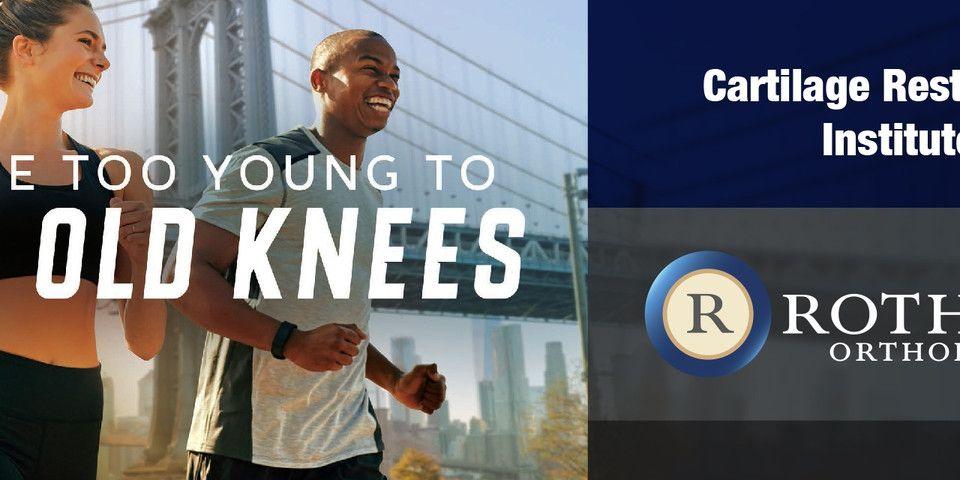Is Platelet Rich Plasma Therapy Right for Me?
What Is PRP?
Platelet rich plasma therapy (commonly referred to as PRP) is used to speed up the body’s natural healing process after an injury or in the case of arthritis. The treatment involves injection of platelets into the damaged joints, ligaments, and tendons to promote tissue repair. Platelets are a component of the blood that initiate the clotting process to control bleeding. Therapeutically applied, they can help in the treatment of pain and inflammation.
What Conditions Can Be Improved With PRP Treatment?
PRP therapy provides a long lasting solution to injury, unlike traditional pain injections. The treatment can be used to help the patient avoid surgery by strengthening the body’s natural healing ability at the site of injury. In other words, it treats the cause of the pain, not just the symptoms! Platelet rich plasma therapy may be used to treat:
-
Chronic tendon injuries
-
Acute ligament and muscle injuries
-
Knee arthritis
How Does It Work?
A platelet rich plasma injection is made from the patient’s own blood sample and can be done in a single office visit. The entire process takes about 25-30 minutes, which includes drawing the blood and placing it in a centrifuge. Once in the centrifuge, the blood will be separated into red blood cells and concentrated platelets. The platelet rich plasma (PRP) will then be injected into the affected muscle, joint, or disc. Sometimes ultrasound guidance is used to ensure the safe and precise injection at the site of injury.
Though each patient’s case is different, most PRP treatments require between one and three injections over a period of time. You should experience improvement in pain within four to six weeks after the injection.
Who Is a Candidate for This Treatment?
Research studies are being conducted to evaluate this treatment for different conditions. Several factors can affect the effectiveness of platelet rich plasma therapy, including the specific part of the body being treated, the overall health of the patient, and the nature of the injury (acute or chronic).
PRP does not work for everyone, and it works for some people better than others. Clinical studies have shown mixed results for its use in treating osteoarthritis. It may work best when combined with other treatments, like physical therapy.
Chronic Tendon Injuries
Medical research shows that PRP is most effective for chronic tendon injuries, especially tennis elbow. Other studies suggest that it may be a promising option for other tendon injuries such as Achilles tendonitis and jumper’s knee.
Acute Muscle Tears
PRP has also been used to facilitate healing in the case of acute sports injuries when more traditional treatments have failed. It has helped professional athletes to recover quickly from sports injuries that would normally take more time to heal, such as acute muscle tears or sprains.
Visit a Specialist at Rothman Orthopaedic Institute
Rothman Orthopaedic Institute now offers platelet rich plasma therapy for specific conditions, including tendonitis, patellar tendonitis, mild diffuse cartilage injuries, and acute muscle tears. The treatment is sometimes applied in conjunction with certain surgical procedures. A Rothman Orthopaedic Institute doctor can determine whether PRP would be a good option for you based on your presenting condition and health history. You may be recommended to try other treatments first, such as physical therapy.
Rothman Orthopaedic Institute is a leading provider in the field of orthopaedics. With more than 50 years of collective clinical experience, our doctors draw on their advanced training and expertise when treating challenging orthopaedic conditions. To learn more about platelet rich plasma therapy or to make an appointment with a specialist, please visit us here or contact us at 1-800-321-9999.
Related Physicians
Related Specialties
Related Treatments
Related Programs
-

Cartilage Restoration Institute
This is a center where patients can go to have their disabled joint biological resurfaced, realigned, and stabilized without having the joint replaced by artificial materials such as metal and plastic. It is well known that the outcomes of patients under the age of 50 undergoing artificial joint replacement are not as good as we would like. Therefore we feel the future of Orthopaedics is to try to restore a joint back to its original anatomy by realignment, ligament reconstruction, and cartilage restoration.Read More -

Women’s Sports Medicine Program
The Women’s Sports Medicine Program at the Rothman Orthopaedic Institute is the first of its kind in the Philadelphia metro area and one of only several such programs specializing in the comprehensive care of the female athlete in the country.Read More




